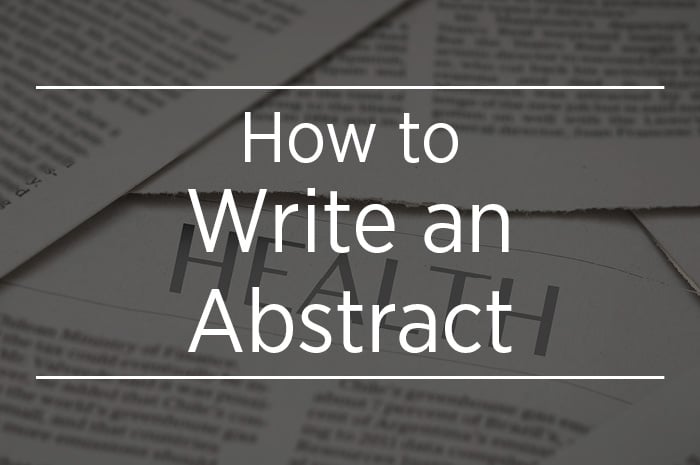Finishing a good research job is one thing and valuing a strong demand is another. Just like in production, except that a product is well marketed, its quality is unpredictable. Marketing first attracts the attention of the potential consumer before a trial is considered and then the marketability of that product. As a sign of great need, the summary of each research paper should be of interest to all readers to demand the purchase of the complete material. With this exemption, e-journals have become the best way to reach a wider audience and only the quality of a researcher's resume has the ability to sell research material. This blog article therefore focuses on the best way to present a good summary. Let's take a look at some basics; DEFINITIONA summary in a simple form can be understood as a summarized summary sufficiently comprehensive to represent all the work in sight (no more, no less). This summary should be able to highlight the main contents of the document allowing the reader to anticipate the expectations of the review. Nevertheless, even if a summary is informative, the editor should be careful not to use overly elaborate vocabularies or end up with a lengthy redaction with unnecessary extensions.
CHARACTERISTICS OF A GOOD SUMMARY 1. Accuracy: A good summary must correctly reproduce the purpose and topics of the work in view. It should not include irrelevant information or items that are not in the work. I can advise that search job headers be noted and used as a guide to check the accuracy of the abstract. In the case where the research work is a replica or an extension of an existing research, the authors (initials and last name) must be cited with the year of publication. 2. Brief and precise: each sentence used must be as revealing as possible, in particular the first main sentence. And it should be as short as possible, so that the total length of the entire summary does not exceed 150 words (in estimate).
COMPONENTS OF A SUMMARY Although a summary does not need to be long, it should be able to represent all the material in sight. That is, each major point of the work must be represented in a sentence or two. The following components are the specifications that can be used to check when writing a summary;
INTRODUCTION: This is the first part of the abstract that introduces the motivation or intent of research in general. This must come first in order to captivate the reader and gradually lead to the problem of research.
PROBLEM STATEMENT: Does research seek to solve a problem? Is your field of work generalized or specified to a particular situation? You will have to avoid too many stories, go ahead and put it in one sentence. Sometimes it is best to bring the problem statement, then the motivation can follow.
METHODOLOGY: What method did you use to solve the problem? This could be the use of field data, simulation, analysis or prototyping. They must be stated in a sentence with the variables after the problem statement.
CONCLUSIONS: What are your conclusions? Be careful not to use ambiguous statements, it is correct to put the figures obtained specifically, yes, put the result there, in figures. Conclusions: What inferences can we draw from your answer? Can your result be potentially generalized or is it limited to the particular case of the study? This must be indicated.

